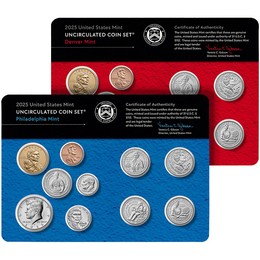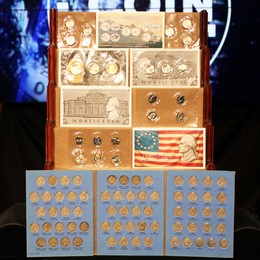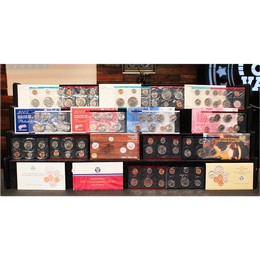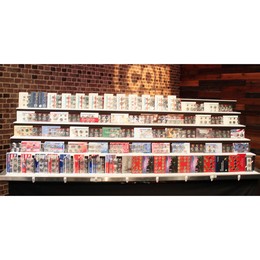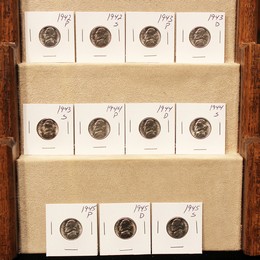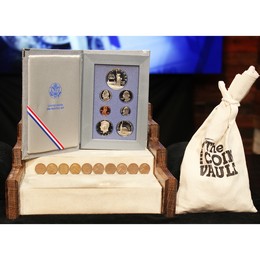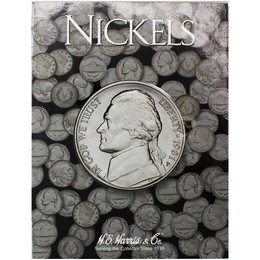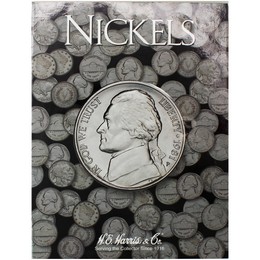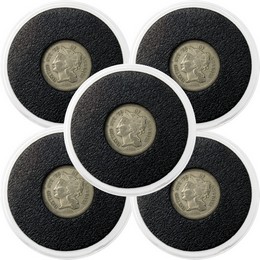United States Nickels

United States Nickels
The nickel, a five-cent piece, holds a distinct position in American currency. Beyond its monetary function, the nickel represents a rich cultural legacy, appealing to both collectors and casual users. First introduced in 1866 amidst a transformative era for the nation's currency, the nickel united states coin marked a shift from reliance on larger denominations and foreign coins. Crafted initially from 75% copper and 25% nickel, it offered durability and corrosion resistance, ideal for everyday use.
The Shield Nickel, minted from 1866 to 1883, was the first five-cent piece struck post-Civil War. Its design features a shield surrounded by a wreath, symbolizing protection and unity, with '5 C.' denoting the denomination. Known for thicker edges and a nickel-copper alloy, it distinguished itself from earlier silver coins. Although less common, certain years like the 1877 and 1883 varieties are rare and highly valued by collectors. Its rarity and historical significance make it intriguing for numismatists.
The Buffalo Nickel, minted from 1913 to 1938, is renowned for its design featuring an American bison on the reverse and a Native American chief on the obverse. Created by James Earle Fraser, this coin artistically represents American heritage. Minted during a time when the American bison faced near extinction, it symbolizes conservation. Its raised design has led to wear over time, impacting collectibility. The 1937-D Buffalo Nickel is particularly famous for the 'three-legged' variety, caused by a die issue during production, making it highly sought after.
The Jefferson Nickel, first minted in 1938, features Thomas Jefferson's portrait on the obverse. Designed by Felix Schlag, it has undergone several design changes. Initially, the reverse depicted Monticello, Jefferson's home, until 2003 when a new design commemorating the Westward Journey was introduced. Special editions, such as the 2004-2005 commemorative coins, celebrate the Louisiana Purchase and the Lewis and Clark Expedition. Collectors often seek the 1950-D Jefferson Nickel due to its low mintage and the 1939-S, considered a key date in the series.
Jefferson War Nickels, minted from 1942 to 1945, are distinctive due to their unique composition. Unlike regular nickels, which are primarily composed of nickel and copper, wartime nickels contain 35% silver, 56% copper, and 9% manganese. This silver content imparts a different hue and weight, making them stand out in any collection. The Jefferson War Nickel emerged amid the pressing demands of World War II. As the conflict intensified, the United States faced significant material shortages, particularly of metals crucial to military production. Nickel, a vital component of the standard five-cent piece, was increasingly diverted to military equipment manufacturing.


